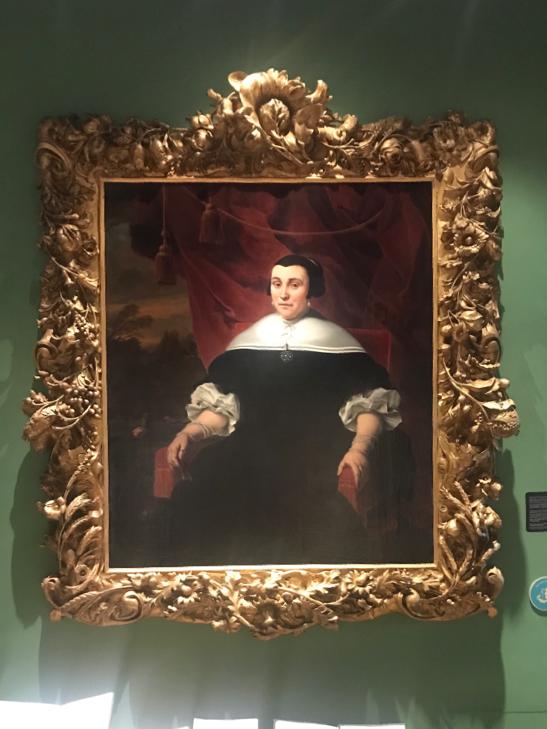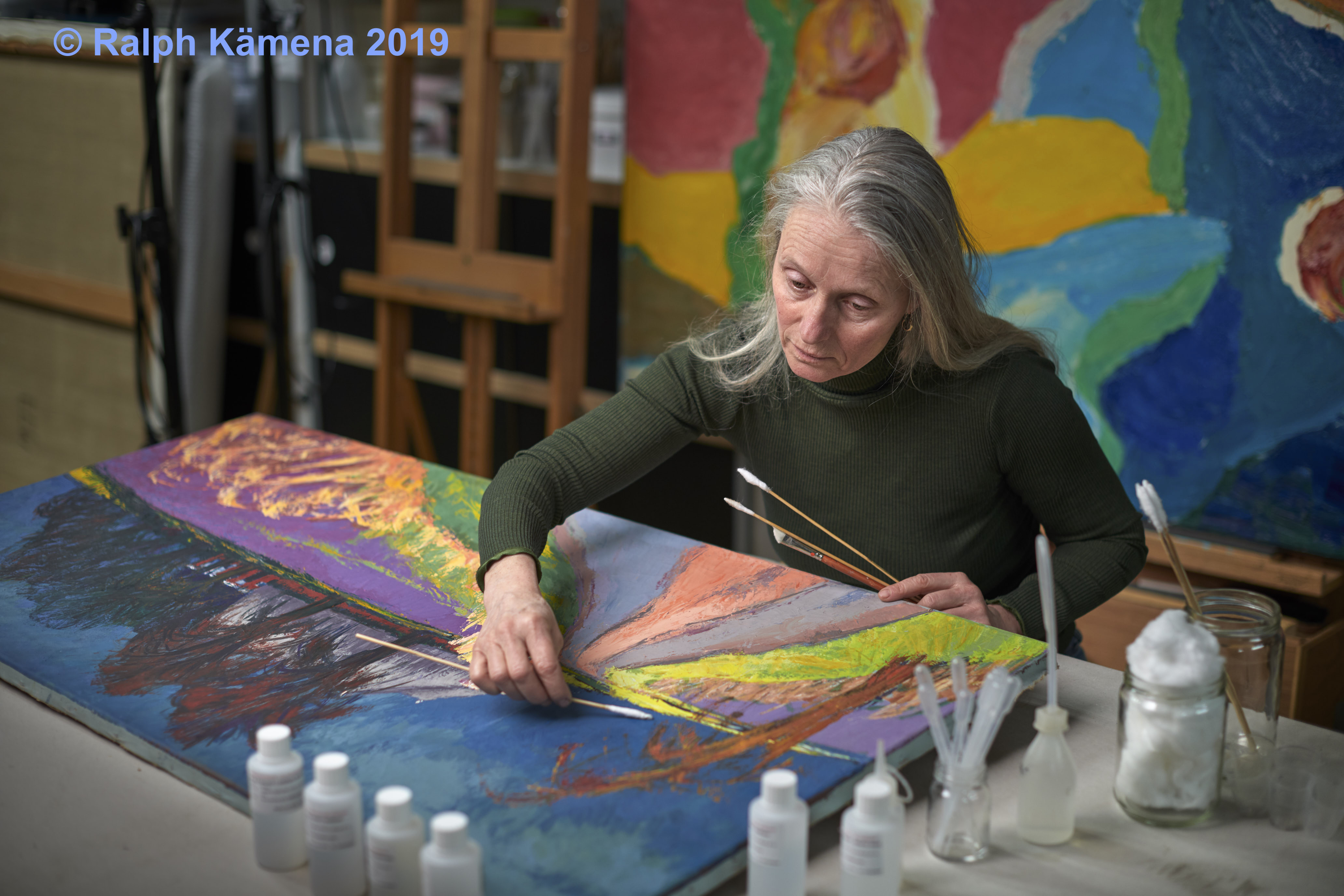Michiel de Ruyter and Anna van Gelder in the renewed exhibition ‘Go along to the sea’ (‘Ga mee naar Zee’) by Muzeeum in Vlissingen

Michiel de Ruyter and his wife Anna van Gelder were painted ca. 1680 by Ferdinand Bol to show off their wealth. Not only does Bol’s beautiful hand show how well things went for this Lieutenant Admiral, the linden wood carved and gilded frames also show the richness of 17 th century life in the Netherlands.
Attribution to Ferdinand Bol
It’s clearly a pair. The heavy curtain and tassels are identical. Also characteristic of Bol can be found in both paintings. See the soft shadows and the refined details such as the shadow with a bow on Anna’s white collar. For that you have to travel to the museum to admire it.


Ruyterania
These paintings are still owned by the family through inheritance. To secure them, a foundation has been formed ‘ Ruyterania ‘. The works are on loan to the MuZeeum in Vlissingen, where they form part of the new exhibition ‘Go to the sea’.
Restoration

In Marjan de Visser’s restoration studio, both paintings were studied and treated by Ronald Lutz and Marjan de Visser.

uring the research it turned out that they both received the same relining treatment in the 19th century . At Michiel de Ruyter we still see this beautiful blue striped cloth. It could well be the hand of father and son Hopman. But Anna was re-lined afterwards by JE Bekkers. Fortunately, they are both in a stable condition.
However, if you look at the painting close to Michiel, you will see visible cracking in the paint, whereas with Anna this cracking was much more flattened during this second relining.

Material technical research

During the restoration process, Margriet Eikema Hommes conducted material-technical research and took paint samples from the top edge of the portrait Michiel de Ruyter.
varnish removal at Michiel de Ruyter
The portrait of Michiel de Ruyter suffered from a clearly aged varnish and was therefore rather cloudy and yellowish. Not so pretty if you’re supposed to be a showpiece.


The aim was also to use as few polar solvents as possible during the treatment. We go for safe. That is why a Pemulen emulsion technique was chosen for the varnish removal and the overpainting, which could simultaneously remove the excessive overpainting.

The Pemulen TR2 emulsion with a pH 8.5, metal binder and a 10% addition of apolar solvent benzyl alcohol, was applied with a white brush and cleaned with suitable water. All in all, it was not a complicated treatment and the painting has regained its grandeur with minimal new retouches. After varnishing, the colors are fuller and the contrasts richer and the image sharper. Now he can stand next to his Anna with dignity!









